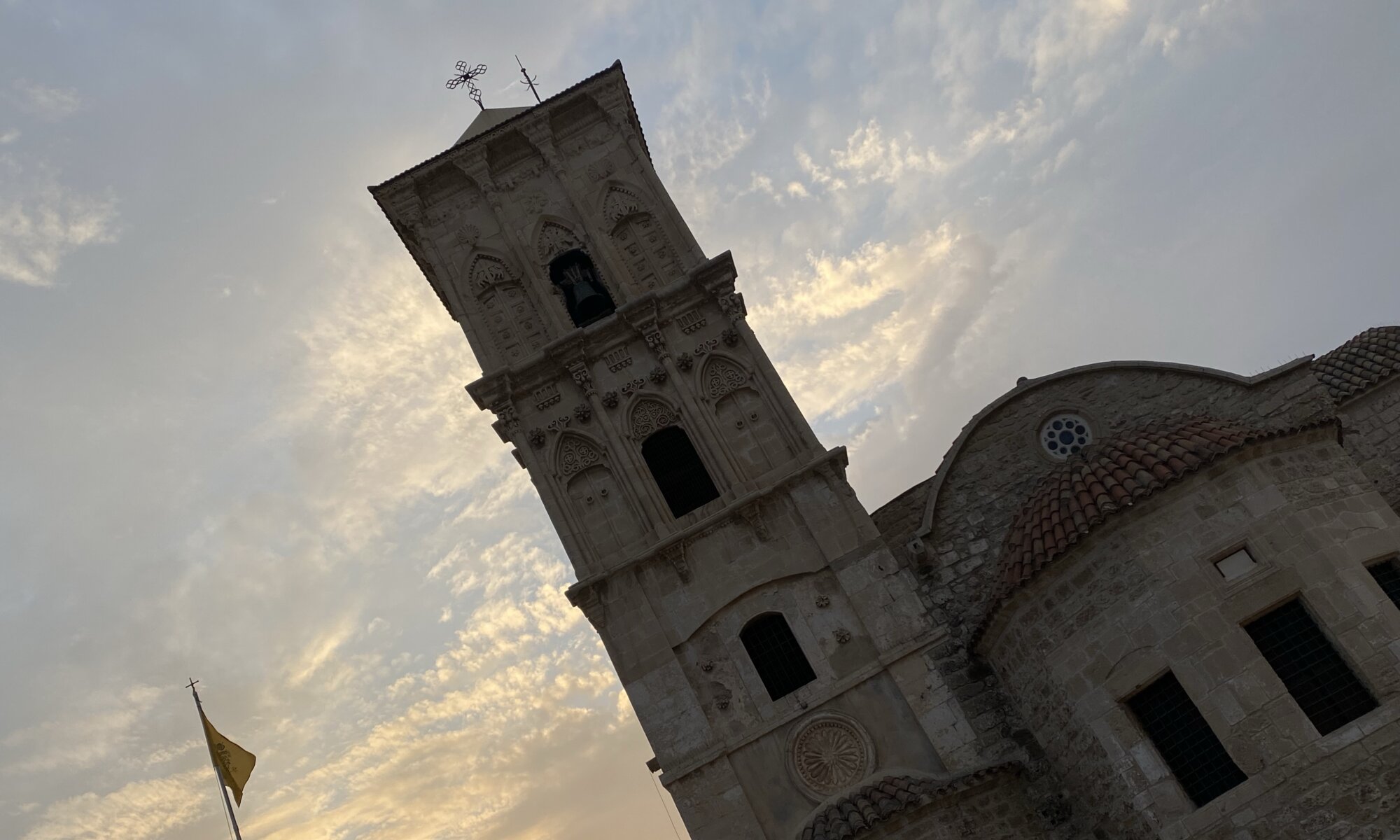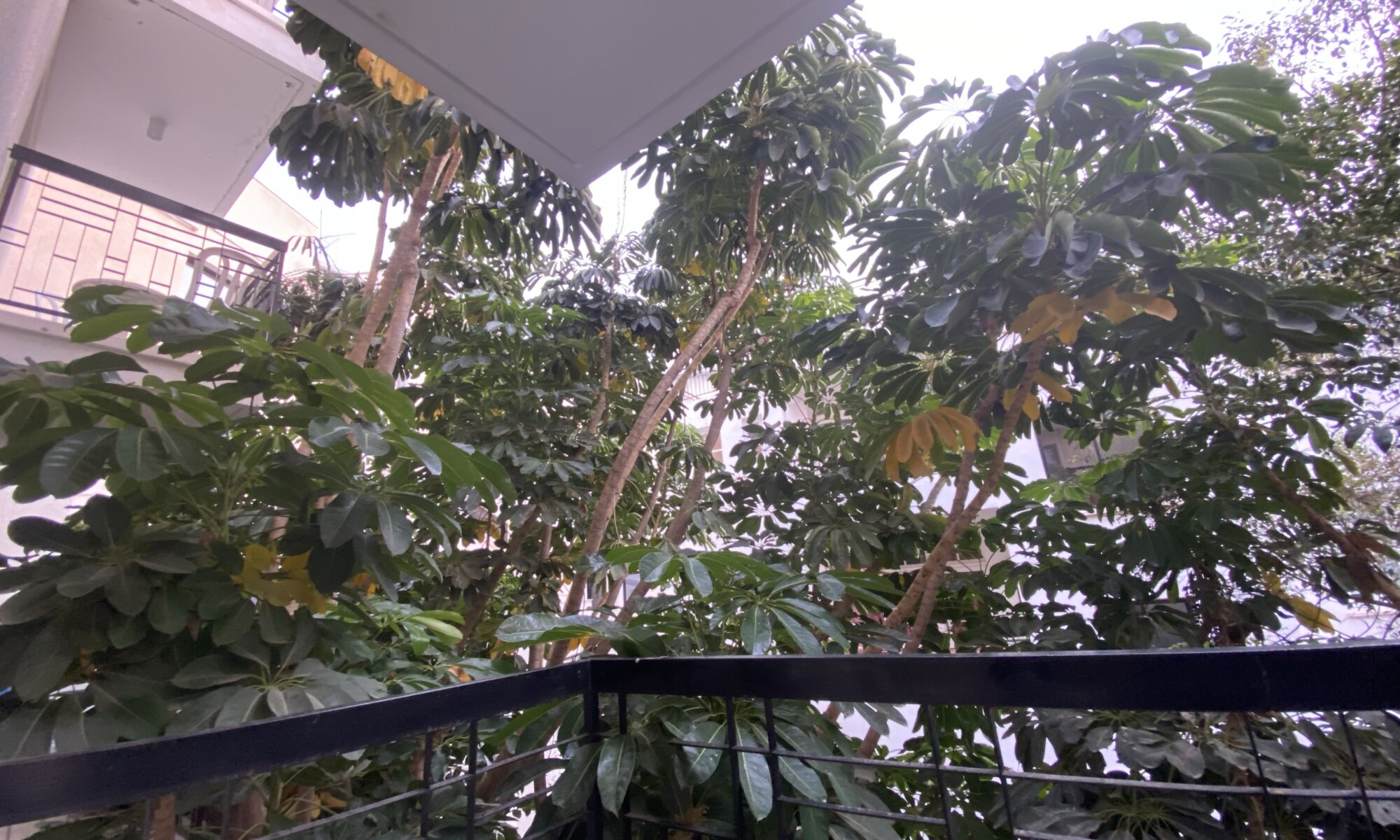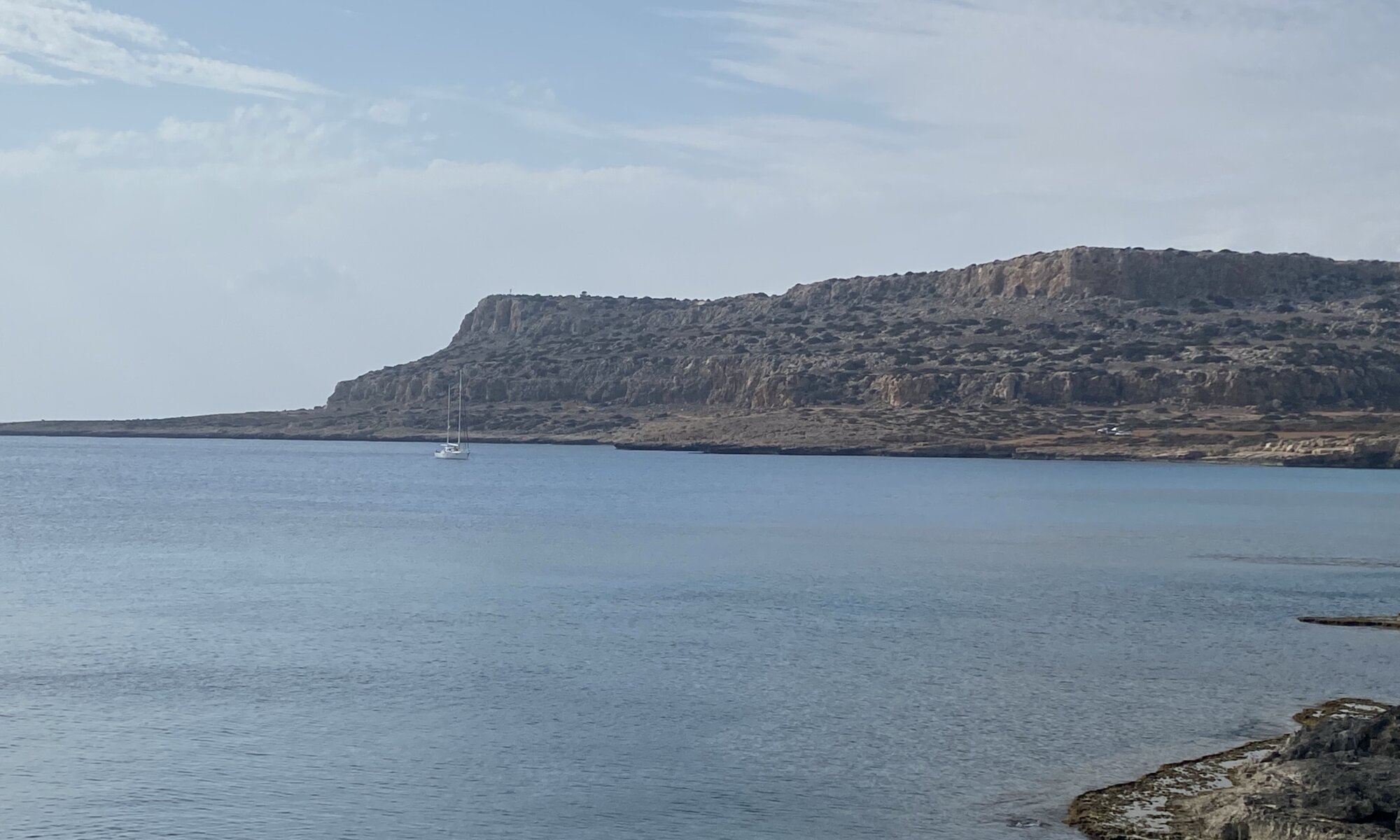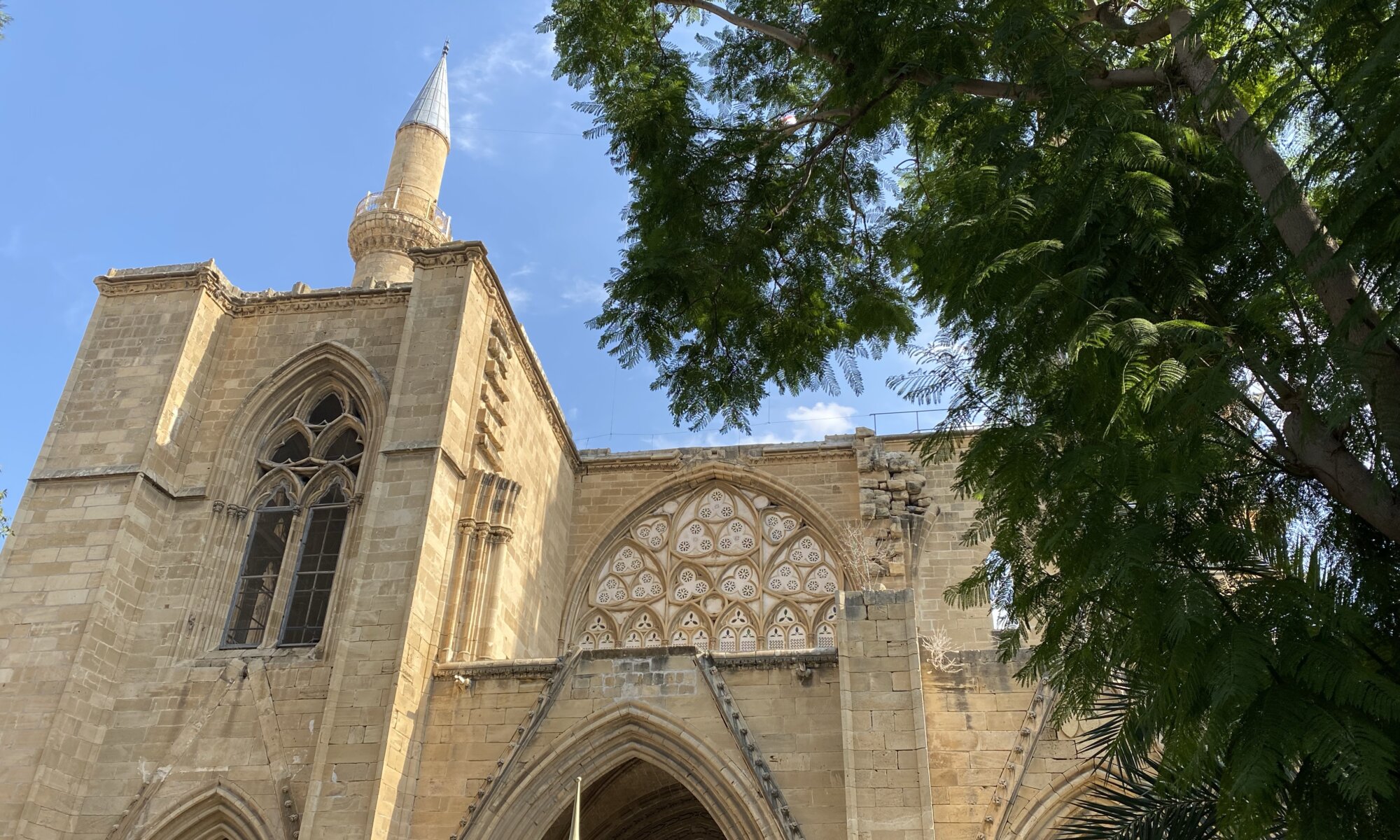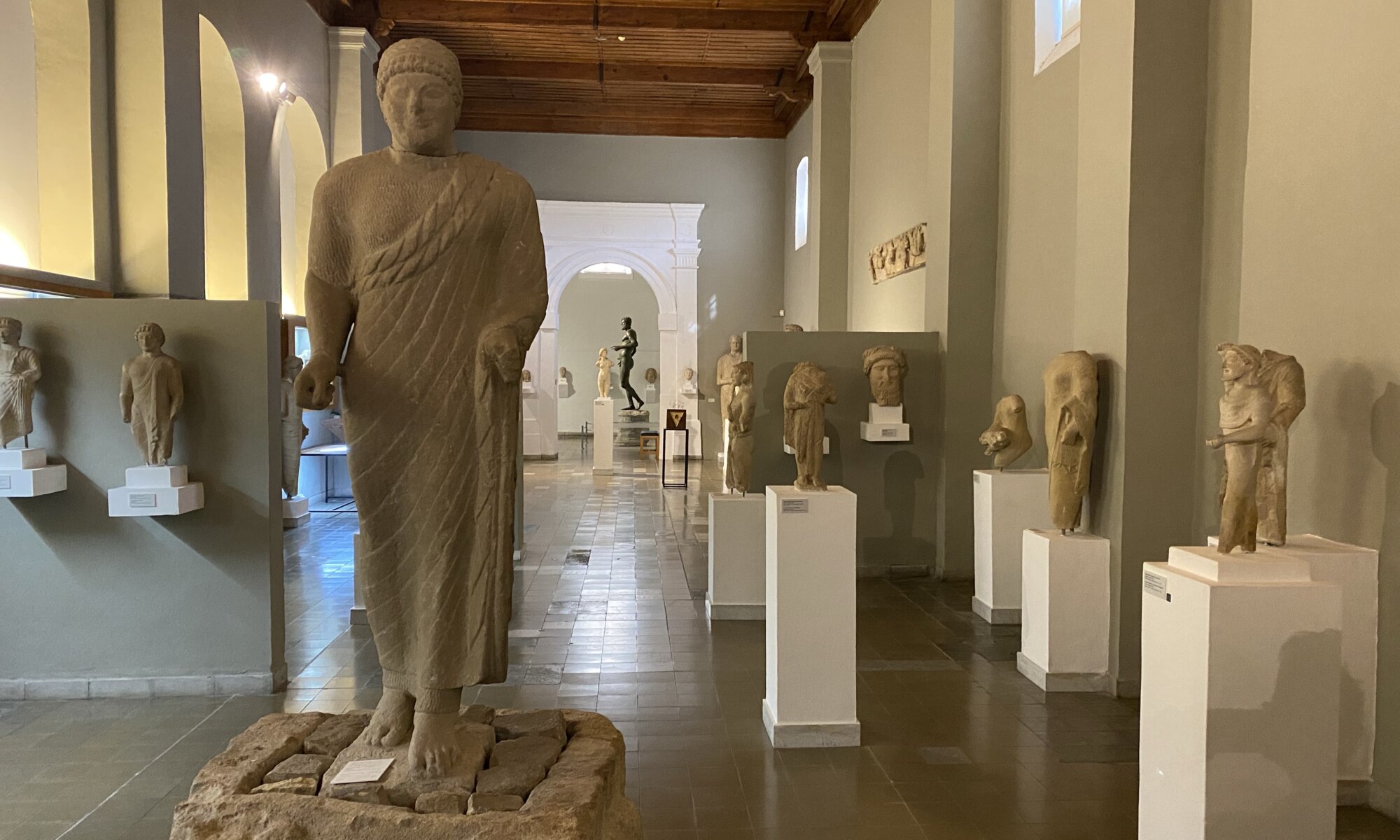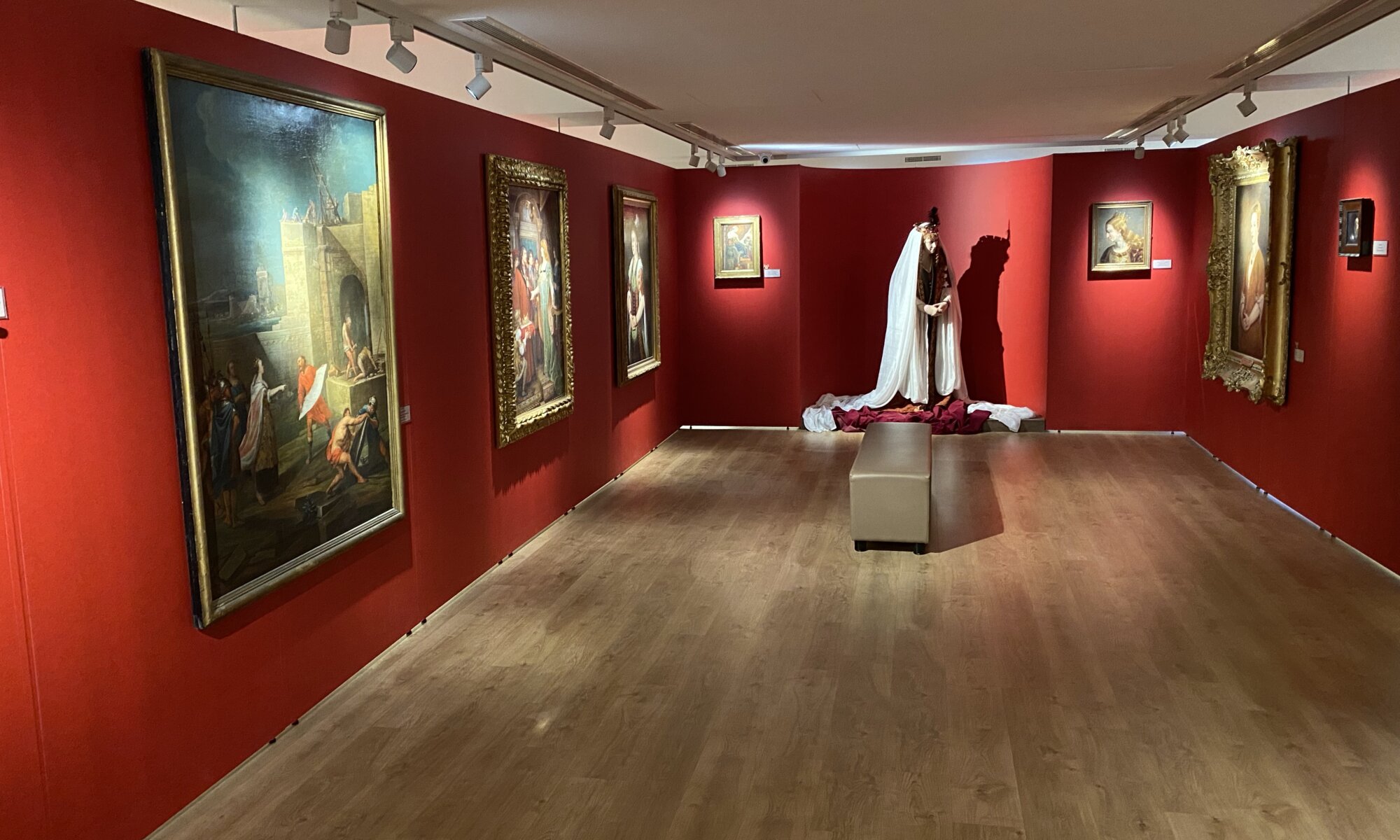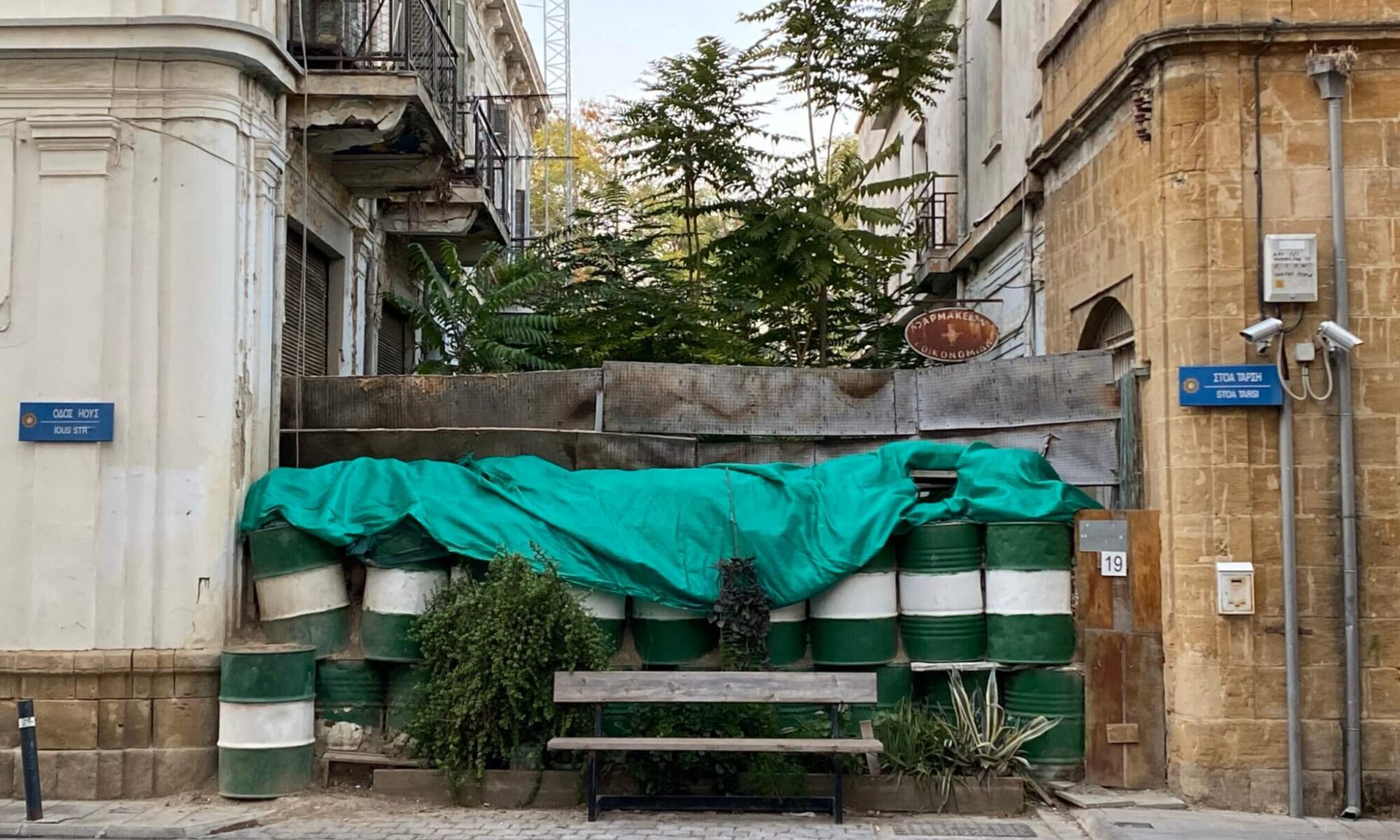The story of Lazarus of Bethany is well-known: according to the bible he was a close friend of Jesus. After he had died Jesus came to his grave and called him back to life. What happened afterwards is not documented in the bible, but there are different legends: one says that Lazarus lauter became the bishop of Λάρνακα.
Continue reading “St. Lazarus”Livadhiotis
If you need a hotel at the city center of Λάρνακα, the Livadhiotis is a desirable choice. It is located a convenient walk away from the beach, the St. Lazarus church and the Larnaka castle. Around the hotel you’ll find many bars and restaurants; the hotel itself offers spacious rooms with good balconies. I enjoyed having a room facing the quiet inner courtyard.
Continue reading “Livadhiotis”Cape Greco
When you’re at Αγία Νάπα in the east of Cyprus it is a promising idea to enjoy the sunset at the end of the island, the Cape Greco. The final land’s end is unfortunately covered by a British radar station, but you can explore rocky areas, beaches and grottos located west of it.
Continue reading “Cape Greco”Caravanserai
One of the most beautiful places in the Turkish sector of Λευκωσία is the Büyuk han, the great inn. When the Ottomans took over power from the Venetians they created a caravanserai in the city. It is a rectangular building giving a home to travelers and merchants. Today you’ll find different restaurants inside and can enjoy lunch in this ancient environment.
Continue reading “Caravanserai”Selimiye Camii
When you look at ancient maps and images of Λευκωσία, you can see a large church in the center of the city boundaries marked by the Venetian walls protecting the city: the Cathedral of Saint Sophia. It was built from the year 1209 on and the Knights Templar supported the creation during the crusades. The kings of Cyprus were crowned there during the existence of their kingdom (1192 to 1489 CE).
Continue reading “Selimiye Camii”Cyprus museum
The Cyprus museum in Λευκωσία is very old-fashioned. You can’t learn much about the Cypriot history, it is rather an archaeologic museum exhibiting statues and ancient jars. It was founded in 1882 and is an important institution as it preserves the ancient findings from the island.
Continue reading “Cyprus museum”Visual arts
The Centre of Visual Arts and Research (CVAR) is a wonderful museum in the northeast of the Greek part of the old town of Λευκωσία. On multiple levels the CVAR shows drawings and paintings of Cyprus. These depict the island in former days and also express how the country has been seen; especially on posters advertising the ‘colony’ as a vacation paradise.
Continue reading “Visual arts”NiMAC
If you’re into modern and contemporary art you should pay a visit to the NiMAC, Nicosia Municipal Arts Centre. It is located in the old powerhouse of Λευκωσία and already this renovated ancient building is worth dropping in. The rather small museum was opened in 1994 and exhibits works from Cypriot and foreign artists.
Continue reading “NiMAC”EOKA
One of the biggest monuments of Λευκωσία is the Liberty Monument erected in 1973. It honors the EOKA fighting against British colonialism and occupation of Cyprus. EOKA stands for Ethniki Organosis Kyprion Agoniston, the National Organisation of Cypriot Fighters. It was a military organisation fighting for Cypriot independence and for long time it was seen as a right-wing, nationalist organization. Today their work for independence is accepted and it has its fair part in Cypriot history.
Continue reading “EOKA”Green line
Λευκωσία is the last divided capital in Europe. When you’re walking through the city, you’ll find barriers made from oil barrels, roadblocks, barb wire and (bored) guards along a no-man’s-land leading from the east to the west of the city. This area is protected by UN forces and even as you’re not allowed to do photographs you can get close to the border pretty easy. It is bizarre to see the empty and deteriorating buildings in the heart of the city.
Continue reading “Green line”
